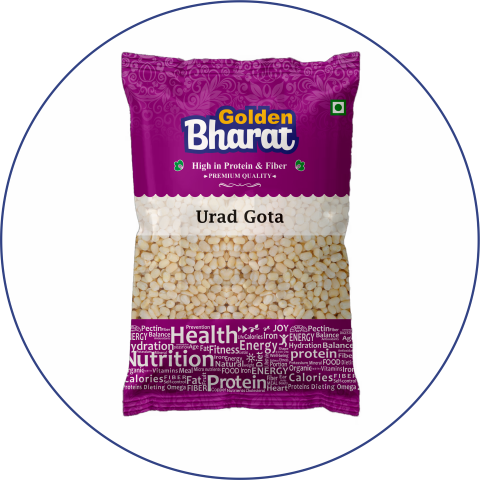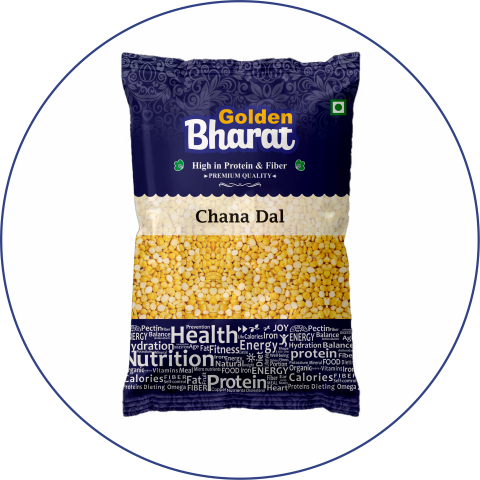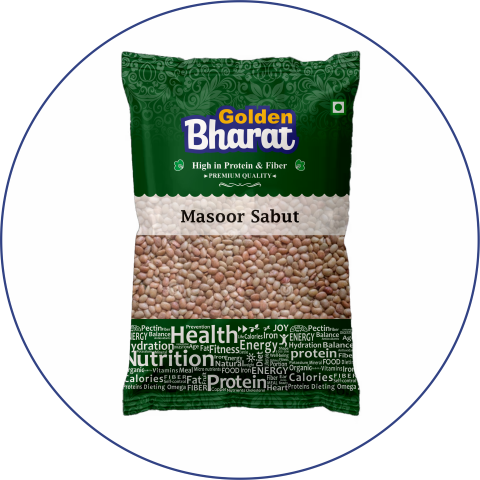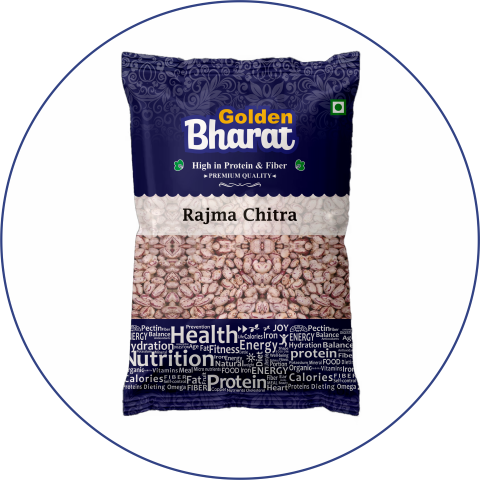
Pulses
Back to HomeAbout Our Pulses
BIPL Exports offers a wide range of high-quality pulses that are a staple in diets across the world. Our pulses are sourced from the best growing regions in India and undergo strict quality control to ensure they are free from impurities and meet international food safety standards. Rich in protein, fiber, and essential nutrients, pulses are an important part of a balanced diet. Our extensive range includes various types of dal, beans, and lentils, providing options for diverse culinary applications across global cuisines.
Our Pulses Range

Arhar Dal
Toor Dal
Yellow split peas commonly used in Indian dal preparations and curries.

Moong Dal
Green Gram
Split green gram that cooks quickly and is easy to digest, perfect for soups and khichdi.

Urad Dal
Black Gram
Split black gram used in various Indian dishes and fermented batters for dosas and idlis.

Urad Gota
Whole Black Gram
Whole black gram with skin intact, used in dal makhani and other traditional recipes.

Split Urad Dal
Split Black Gram
Split black gram without skin, used in various Indian dishes and snacks.

Chana Dal
Bengal Gram
Split chickpeas with a nutty flavor, used in various Indian dishes and snacks.

Chana Kabuli
White Chickpeas
Large white chickpeas used in chole, hummus, and salads.

Chana Kesari
Brown Chickpeas
Brown chickpeas with a nutty flavor, used in traditional Indian dishes.

Masoor Malka
Red Lentils
Red lentils that cook quickly and have a mild, sweet flavor, perfect for soups and dal.

Masoor Sabut
Whole Red Lentils
Whole red lentils with skin, used in hearty stews and dal preparations.

Rajma Lal
Red Kidney Beans
Red kidney beans used in popular North Indian curry dishes and Mexican cuisine.

Rajma Chitra
Speckled Kidney Beans
Speckled kidney beans with a rich, nutty flavor, used in rajma chawal and other dishes.

Matar Safed
White Peas
White peas used in chaat, curries, and other savory dishes.

Lobiya Lal
Red Cowpeas
Red cowpeas used in curries, salads, and stews across various cuisines.

Lobiya Safed
White Cowpeas
White cowpeas with a mild flavor, used in curries and stews.

Moth Sabut
Dew Beans
Whole dew beans used in traditional Indian dishes, especially in Rajasthani cuisine.

Mix Dal
Mixed Lentils
A nutritious blend of various lentils, perfect for making khichdi and mixed dal recipes.